The hidden hazards of water pipe and how to avoid them
Plumbing water pipe is and should be, largely, invisible.
In fact, the only time you should be thinking about your domestic plumbing system is when you are installing a new one. A safe, reliable network of plumbing pipes in your walls and floors should silently and reliably nurture and nourish family life with a clean safe water supply.
When this is unfortunately not the case, the hazards of insufficient residential plumbing pipes can take many forms in your water supply lines:
- Bacterial growth
- Corrosion
- System malfunction
- Joint failure
- Property damage
- Fire risks
- Hidden costs
Not your average Plumbing pipe
In the Homeowners Guide to CPVC we deliver step-by-step guidance on what effective plumbing pipe material looks like, and why FlowGuard CPVC has been engineered to mitigate the hazards listed above, against other types of plumbing pipes.
Read on to explore some of the hidden hazards of plumbing piping and how to avoid them.
If you are concerned about any of these issues affecting your property, please don’t hesitate to contact us.
Health hazards - bacteria formation
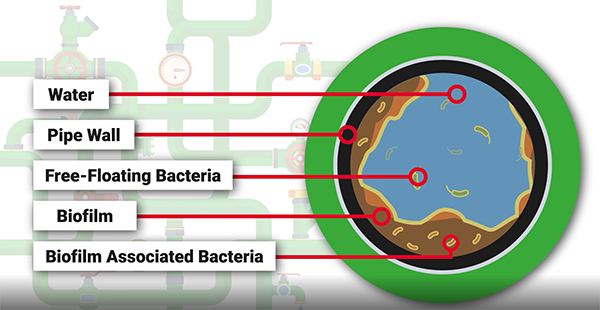
A commonly known hidden hazard of plumbing pipes is bacteria. However, it is a little-known fact that biofilm formation can take hold inside plumbing pipes in minutes.
The biomass that builds inside on the inner surface of many plumbing pipe materials can lead to dangerous health risks such as legionella.
While bacteria exist all around us at all times, choosing the right pipe materials can mitigate the risk of biofilm formation. FlowGuard CPVC has been assessed against other common, metallic and non-metallic plumbing pipes by the KIWA Water Assessment. KIWA confirms its suitability as one of the best pipe materials available for minimising biofilm potential.
Performance hazards - corrosion
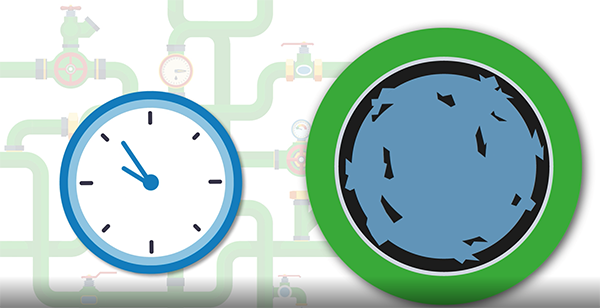
Chlorination of water supply lines has been one of modern days, most important innovations in protecting our communities.
Ironically, it can also be one of your plumbing systems greatest hazards. For example, PPR and PEX pipes may become weaker over time, due to hot chlorinated water.
FlowGuard CPVC is naturally immune to hot chlorinated water due to the inclusion of chlorine in its molecular structure (CPVC stands for chlorinated polyvinyl chloride.) This natural defence mechanism maintains strong, rigid plastic pipes that do not gradually grow thinner and weaker over the years due to chlorine degradation.
Installation hazards - joint failure in plumbing pipes
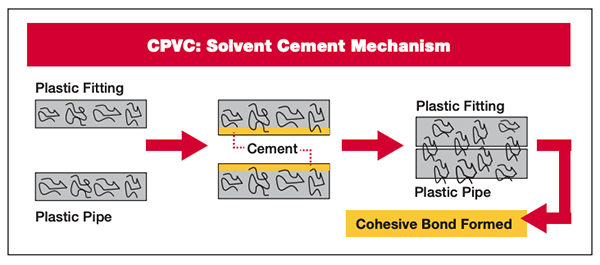
All hot water and cold-water plumbing pipes are susceptible to joint failure. Movements and fluctuations that take place within the pipe system create a degree of weakness between pipes and fittings, running the risk of leaks or in the worst cases, system failure.
FlowGuard CPVC is installed using solvent cement, permanently fusing pipes and fittings at the molecular level, creating an inherent joint strength and flexibility of movement within the system. This enables your plumbing to do its job with minimal risk to the property itself.
Fire hazards - flame and smoke performance
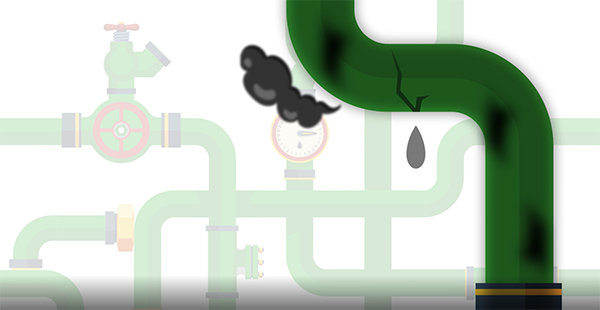
When it comes to plumbing, fire should be the last thing on your mind. We feel the same way.
When it comes to protecting your home and your family’s health, understanding the performance characteristics of the building materials around you is crucial.
FlowGuard CPVC offers unrivalled protection against fire damage compared to other plastic plumbing materials, such as PPR. FlowGuard CPVC has a Limiting Oxygen Index (LOI) of 60, which means there is not enough oxygen in the earth's atmosphere for CPVC pipe to sustain combustion (PPR's LOI is 18.)
Financial hazards - residential plumbing repairs
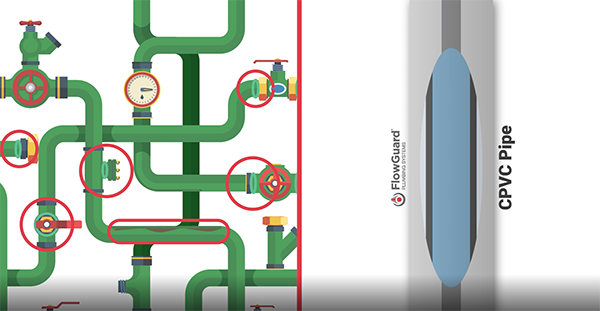
Beyond the cost of repairs, should any of the above hazards occur in your home, there is also the cost of initial installation to be considered.
FlowGuard CPVC installation can be carried out with simple hand tools, saving time and money on expensive equipment hire.
PPR, when installed using heat welding, can form weakened joints and internal beading. Both of which can require costly repairs later on. Ineffective PPR installation can cause joint weakness and the internal beading caused by the melting of PPR can encourage bacterial growth and restrict water flow.
What about galvanised steel pipe or copper pipes?
Today we have explored the hidden hazards of plastic plumbing. However, many of these hazards are not just limited to non-metallic types of plumbing pipes.
Other materials include metal piping like copper piping, cast iron pipe and galvanised steel pipes. It is important to understand these hazards in the evaluation of any potential plumbing material.
To help you on your journey, download the free Homeowners Guide to CPVC for a professional assessment of these pipe materials and a wealth of industry leading water safety advice.
.png)
-1.png)